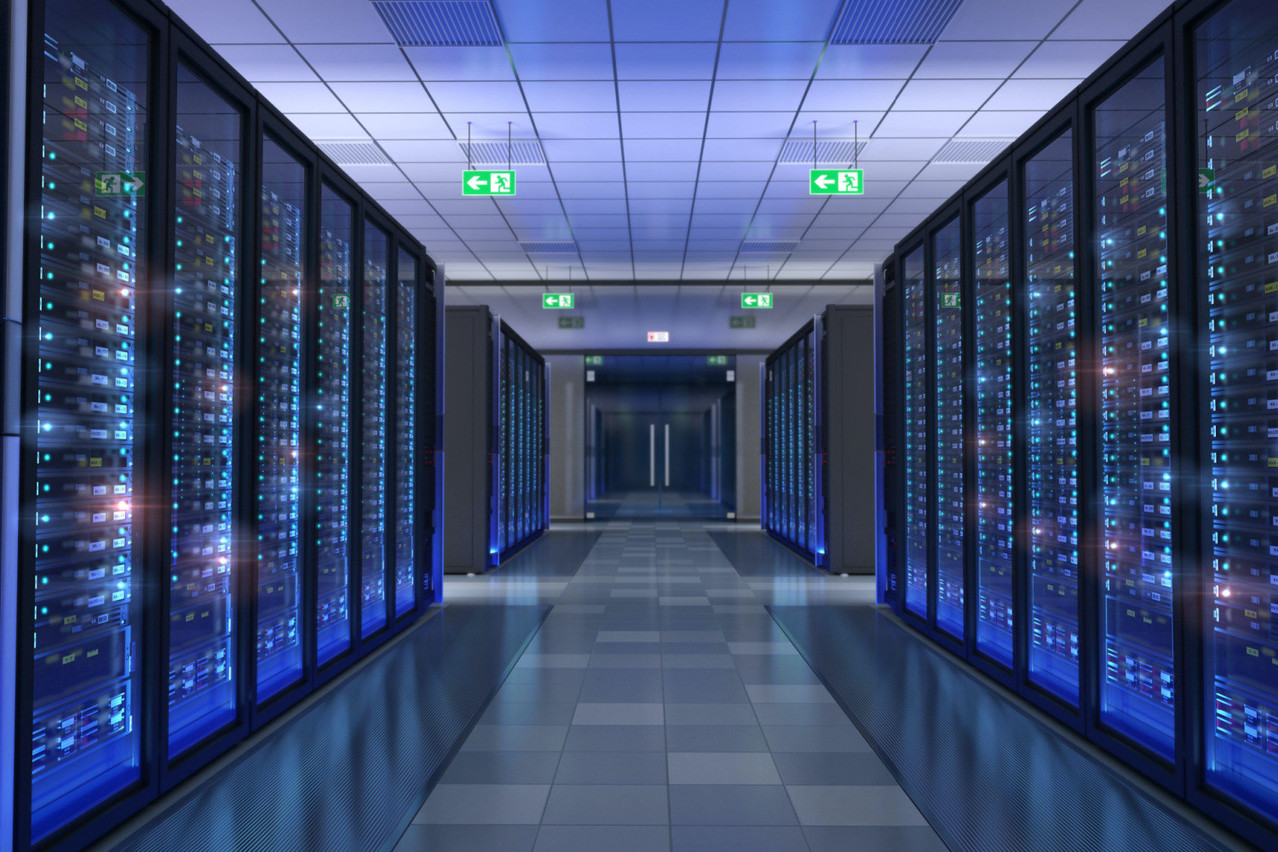One cybersecurity strategy can hide another. Ten years after the first national strategy that set (Cyber Emergency Response Community Luxembourg) in motion, seven years after the birth of the National Agency for Information Systems Security linked to the High Commission for National Protection, and four years after the creation of the Cybersecurity Competence Center (C3), the risk analysis methodology (Monarc) and the setting up of an interministerial coordination committee for cyber prevention and cybersecurity, Luxembourg is preparing to offer itself a Luxembourg Cyber Defense Cloud at €250.36m over 12 years.
If the communication of the minister of defence uses the virtual shield of the Collaborative Cyber Defense Centre of Excellence based in Estonia to mark the interest of this infrastructure, it is obvious and has several entry points, as (déi Greng) reminded on Monday. The aim is to be able to store and process classified data--in other words, without going through an American or Chinese supplier--to have storage and calculation capacities that can be upgraded according to new needs, to ensure the resilience of Luxembourg’s infrastructure and to contribute to the common effort in terms of collective defence at the level of the EU, Nato or Luxembourg’s partners.
€58m for the NSPA
Moreover, the €250m include a “cloud environment dedicated to the Nato Logistics Agency” for more than €58m. NSPA was also responsible for the “acquisition, implementation and operation part.” Its director, Stacy Cummings, said that one of the projects would be to implement “a digital engineering platform for multinational acquisition, support and sustainment projects. This will include process identification, data governance, change management requirements, and software market availability and maturity.”
“The LCDC will play a crucial role in the implementation of Luxembourg’s future cyber projects and thus contribute to our strategic goal of building one of the most cyber-secure defences. By making this future state-of-the-art capability available to reliable partners, Luxembourg will make a significant contribution to the common effort in collective defence at EU and Nato level,” explained Bausch.
Also in the service of the Cyber Range
It will also be interesting to see how data centres will benefit from this initiative, as Luxembourg has the most modern and secure data centres in Europe with the most efficient and low-latency connections to all major European platforms.
The Luxembourg Defence Cyber Range, a training environment used for the continuous training of cyber experts, which will be presented in 2021, will be able to be hosted in this new cyber cloud.
Luxembourg reiterates its interest in working more specifically on CyberFutures, the threats that are emerging or will emerge shortly.
In Stockholm, Bausch and the other defence ministers of Nato member states will meet for a dinner on Tuesday evening on the situation in Ukraine and its armament needs, before discussing the possibilities of speeding up the production and delivery of ammunition for Ukraine, notably through joint acquisitions and the ramping up of European production capacities. Finally, Nato Secretary General Jens Stoltenberg, UN Under-Secretary General for Peacekeeping Operations Jean-Pierre Lacroix and a representative of the European Parliament will have an exchange of views on how to counter external interference in all theatres of operation.
This story was first published in French on . It has been translated and edited for Delano.
